
New Mars lander safely touches down. What happens now?
NASA's InSight lander has reached the optimal spot for getting to the heart of the red planet.
Pasadena, California — After a 205-day journey through space, NASA’s InSight lander is safely on the surface of Mars. Tasked with peering beneath the Martian surface and mapping the planet’s underworld, InSight touched down at 2:52 p.m. ET in a sunny patch of boring landscape inside the equatorial plains of Elysium Planitia.
Anxious teams of scientists and engineers, clustered together at the Jet Propulsion Laboratory in California, knew the spacecraft had survived its wild and tricky descent to the red planet’s surface after receiving data suggesting the lander had touched down safely—followed by an image from InSight itself showing a dusty, alien horizon with a single robot foot.
“It’s nice and dirty; I like that,” says Bruce Banerdt, InSight’s principal investigator. “This image is actually a really good argument for why you put a dust cover on a camera. Good choice, right?”

After successfully unfurling its solar panels a few hours later, the spacecraft officially became the newest member in an elite fleet of interplanetary robots currently exploring the red planet—including the Mars Reconnaissance Orbiter, which monitored InSight’s descent.
“I’m very, very happy that it looks like we have an incredibly safe and boring-looking landing plain. That’s exactly what we were going for—it’s what the landing site selection people promised me," says JPL’s Tom Hoffman, the InSight project manager. "They promised me sandy with no rocks. But there’s one rock, so I might have to talk with them about that.”
First contact
InSight’s journey of more than 300 million miles began on May 5 with a foggy, early morning launch from California’s Vandenberg Air Force Base. Tucked inside its shell, the spacecraft rocketed through the solar system, navigating by starlight as an onboard star tracker helped it stay on course.
On November 25—and then once more, a few hours before touchdown—the spacecraft’s entry, descent, and landing team nudged it onto a trajectory that would allow it to bulls-eye in Elysium Planitia. This flat, unremarkable plain was chosen specifically because of the relatively abundant sunlight at the equator and its geologic boringness at the surface, which offers the best chance of finding ideal places to set down its instruments.

Once its plunge through the atmosphere was set, the team could only sit back and watch: Without guided entry, InSight had to fly itself to the Martian surface, meaning that a safe landing relied upon correct, preprogrammed commands and on all the necessary onboard instruments functioning properly.
“There are certainly points that will make me smile if they go well,” Julie Wertz-Chen, an entry, descent, and landing team member, said the week before.
As InSight made contact with the planet’s thin air, a heat shield protected it from burning up while it whizzed along at 12,300 miles an hour. About a minute later, the spacecraft deployed a parachute that put on a hefty brake and eventually slowed it to 134 miles an hour.

Its heat shield then popped off, and an on-board radar began to search for and ultimately lock onto the ground. At 3,280 feet up, InSight ditched its parachute, performed a short free fall, and then fired a dozen descent engines to eventually slow it to a mere five miles an hour.
From atmospheric contact to setting robot legs on the ground, the process took just 6 minutes and 45 seconds.
“It was an incredibly emotional experience," Hoffman recounts. "To get to the point where you have seven more minutes to survive, literally survive, is incredibly hard to describe. My heart ... just stopped beating for seven minutes.”
InSight wasn’t the only robot entering Martian airspace for the first time today. Two mini-spacecraft, each about the size of a briefcase, were tagging along as part of the first mission to send tiny spacecraft known as CubeSats into interplanetary space.
Collectively known as Mars Cube One, but separately referred to as MarCO-A and MarCO-B, their mission was to collect information from InSight as it descended to the surface, and then relay that information to mission control at JPL. They succeeded not only in doing that, but also in sending back a stark, evocative image of Mars as they departed.
“This is a fantastic day for spacecraft, great and small," says JPL’s Andrew Klesh. “This team of really mostly part-timers has proven the technology that we were trying to demonstrate with this mission.”

Martian heartbeat
Now that its solar panels are set up, it’s time for InSight to get to work. Over the course of one Martian year (or at least two Earth years), it will do something a bit different from most other Mars missions, which have focused on the planet’s flashy rift valleys, mammoth volcanoes, or signs of ancient running water on the surface.
Instead, this mission aims to get at the heart of Mars, to measure the size of the planet’s core and other interior layers. To do this, it will rely on marsquakes—or tremors that are often produced by the same tectonic activity that crafts those beautiful mountains and valleys.
One of InSight’s primary goals is to figure out how seismically active Mars is, says Renee Weber of NASA’s Marshall Space Flight Center.
“That is something that we don’t actually know,” she says. “That’s basically how many quakes there are, how often they occur, where do they occur, how big they are.”
Weber suspects that Mars will lie somewhere between Earth and moon in terms of tectonic activity (yes, the moon has moonquakes, which Apollo astronauts measured when they visited in the 1970s).
Parked on the surface, InSight is just waiting to snare those signals. Over the next couple months, it will deploy its instruments, including an exquisitely sensitive seismometer that should detect a variety of marsquakes, both those produced by the planet’s own spasms and those resulting from meteor impacts.
“To get all the instruments on the ground is expected to take approximately two to three months,” says JPL’s Elizabeth Barrett. “I liken it to playing that claw game at a carnival, but you’re doing it with a really, really valuable prize, and you’re doing it blindfolded where you can only take occasional pictures, and then you’re doing it via remote control on another planet.”
After the spacecraft determines the location of a marsquake, it will read the incoming seismic waves and use the information they carry to figure out what types of rock they moved through. As marsquakes rock the planet’s innards, they send seismic waves bouncing through the interior, signals that travel just a tiny bit differently depending on what kind of material they’re moving through.
Exploring Mars in Pictures

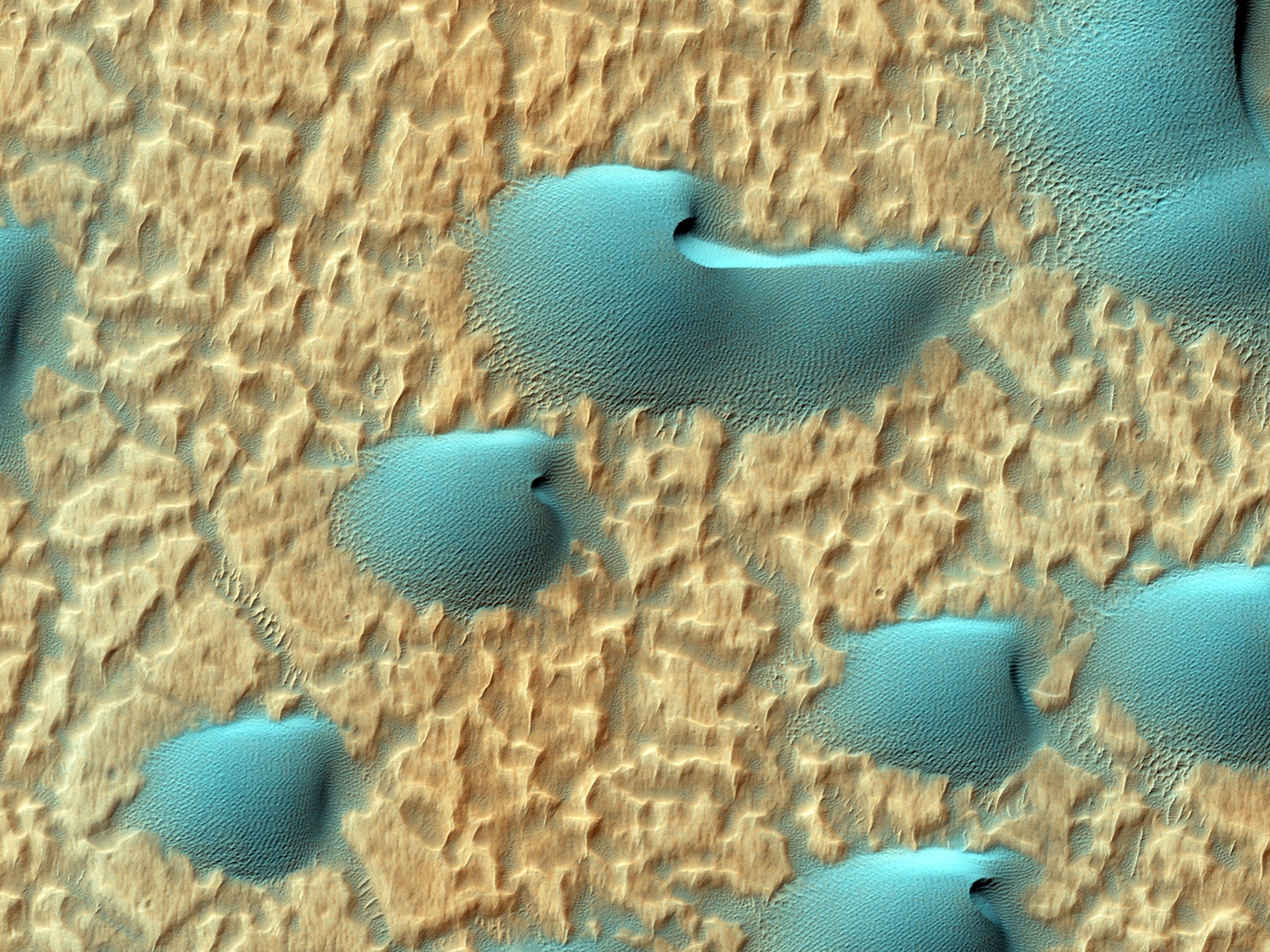





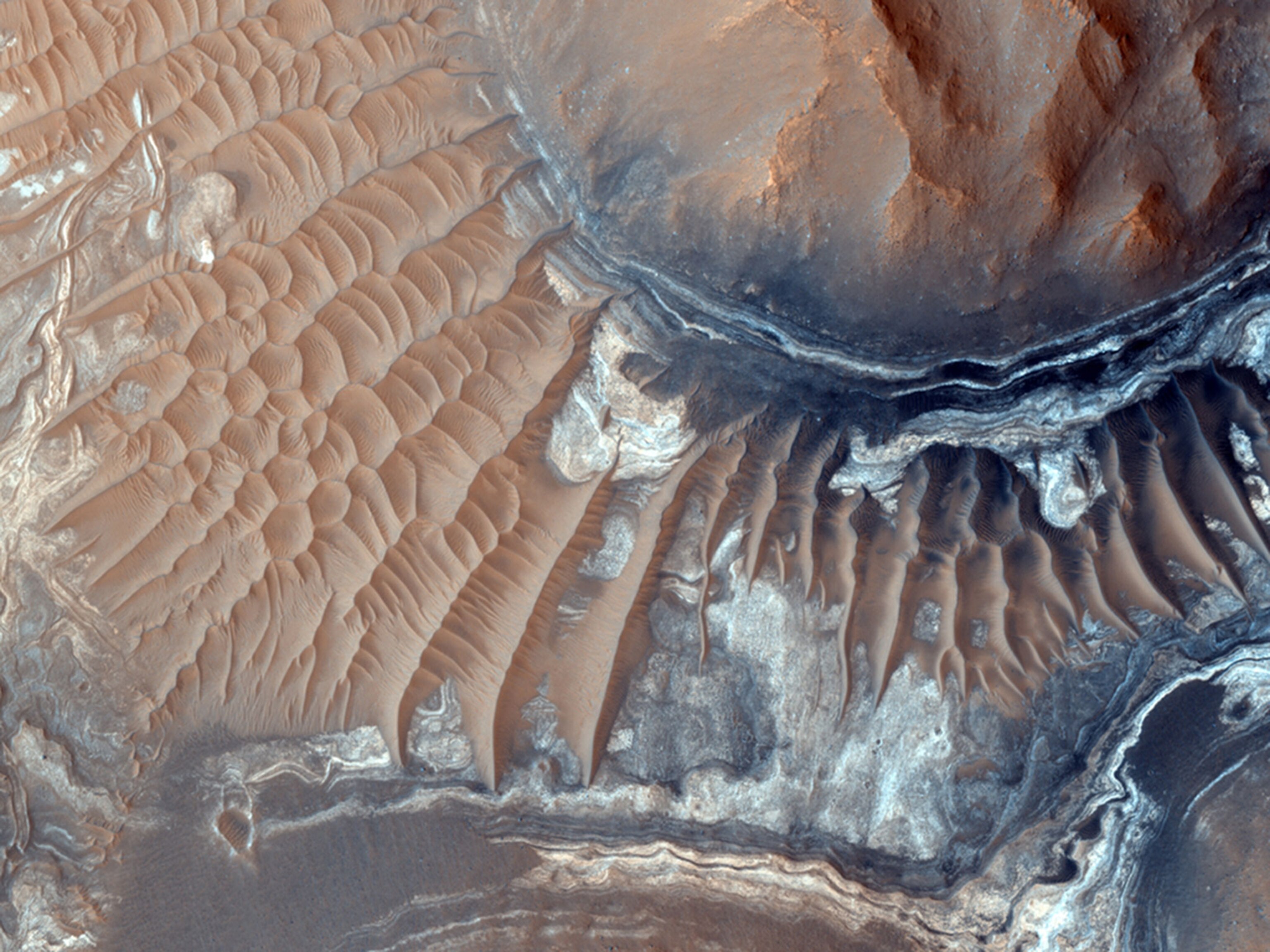



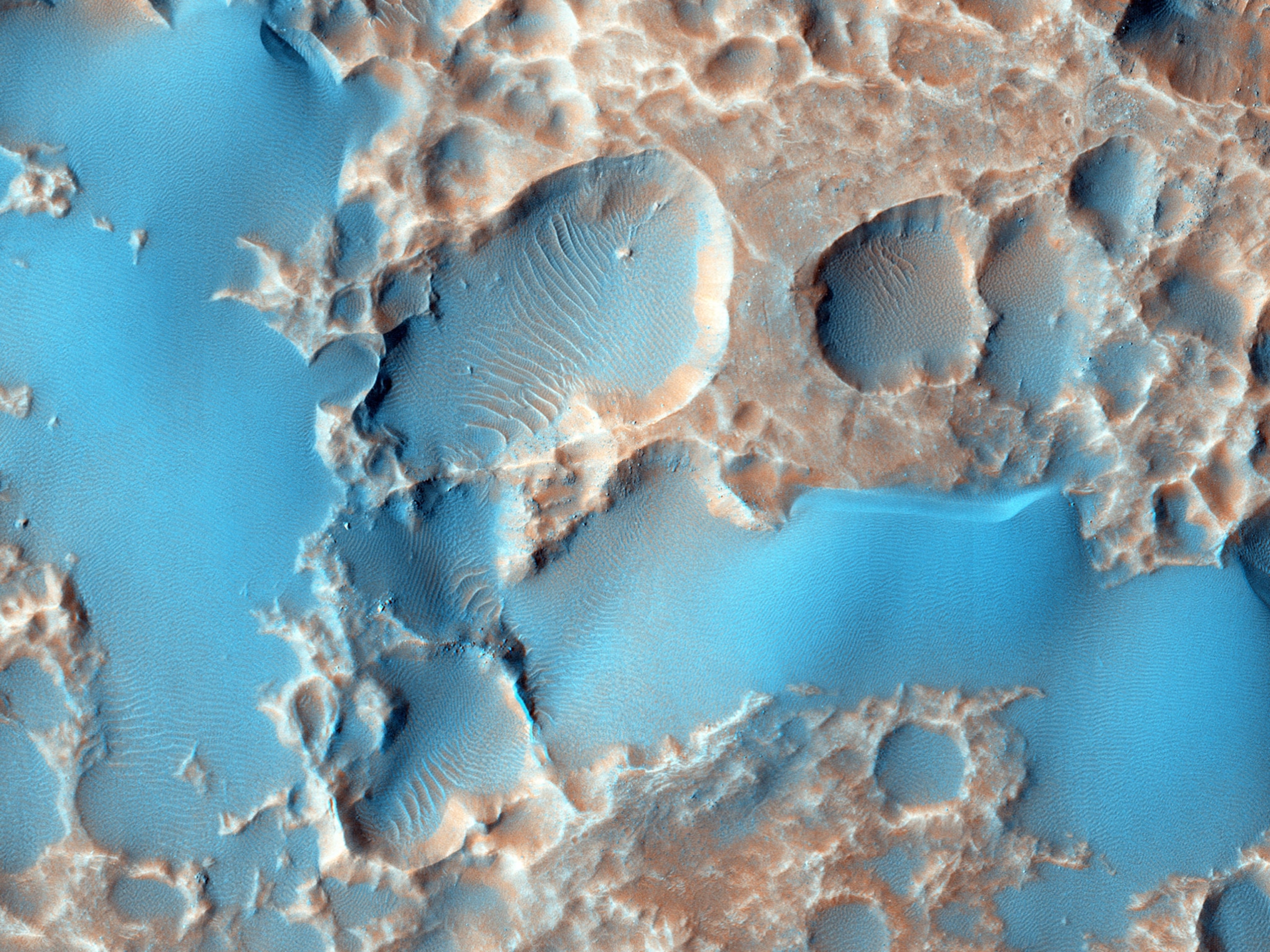
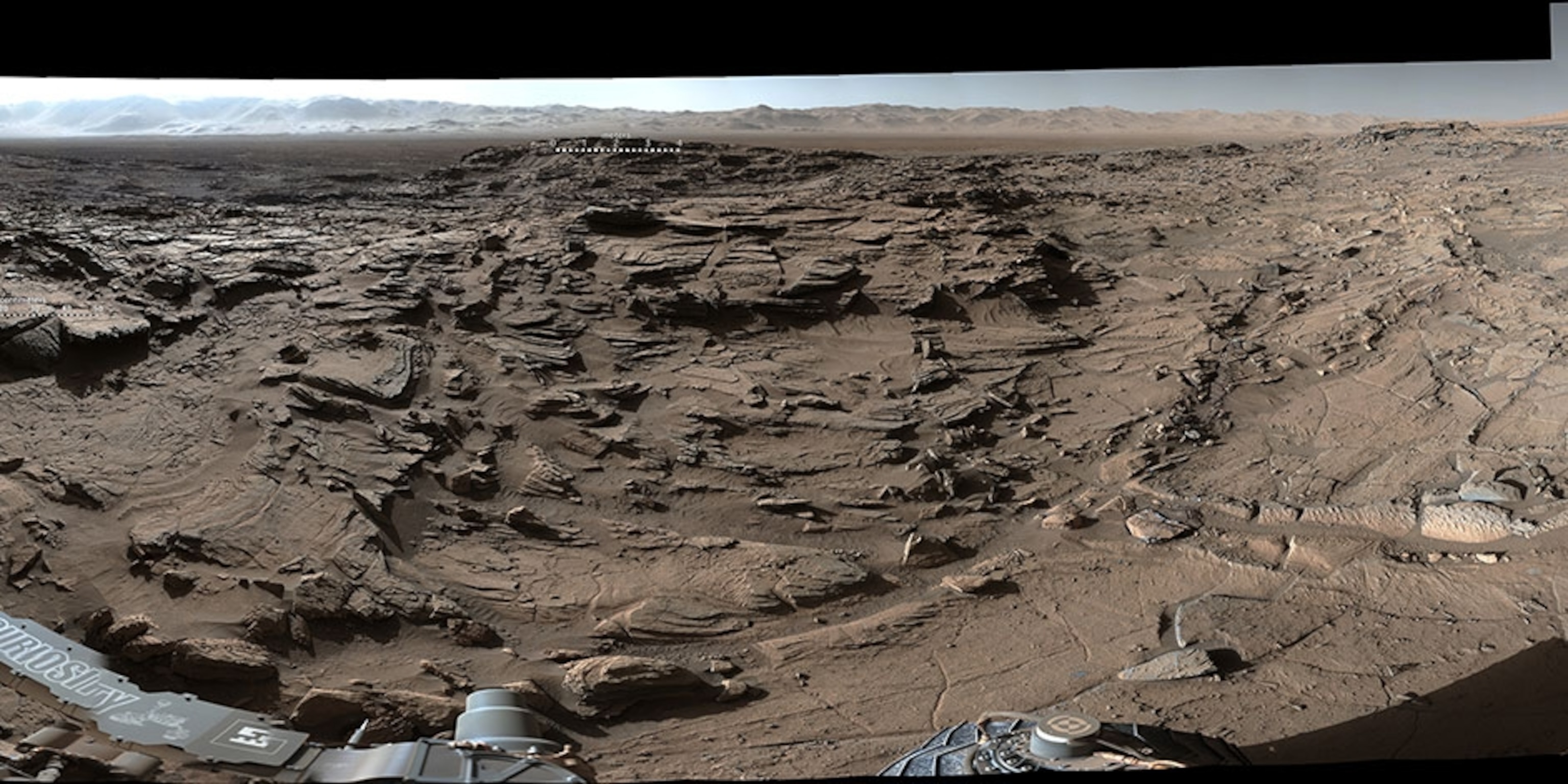







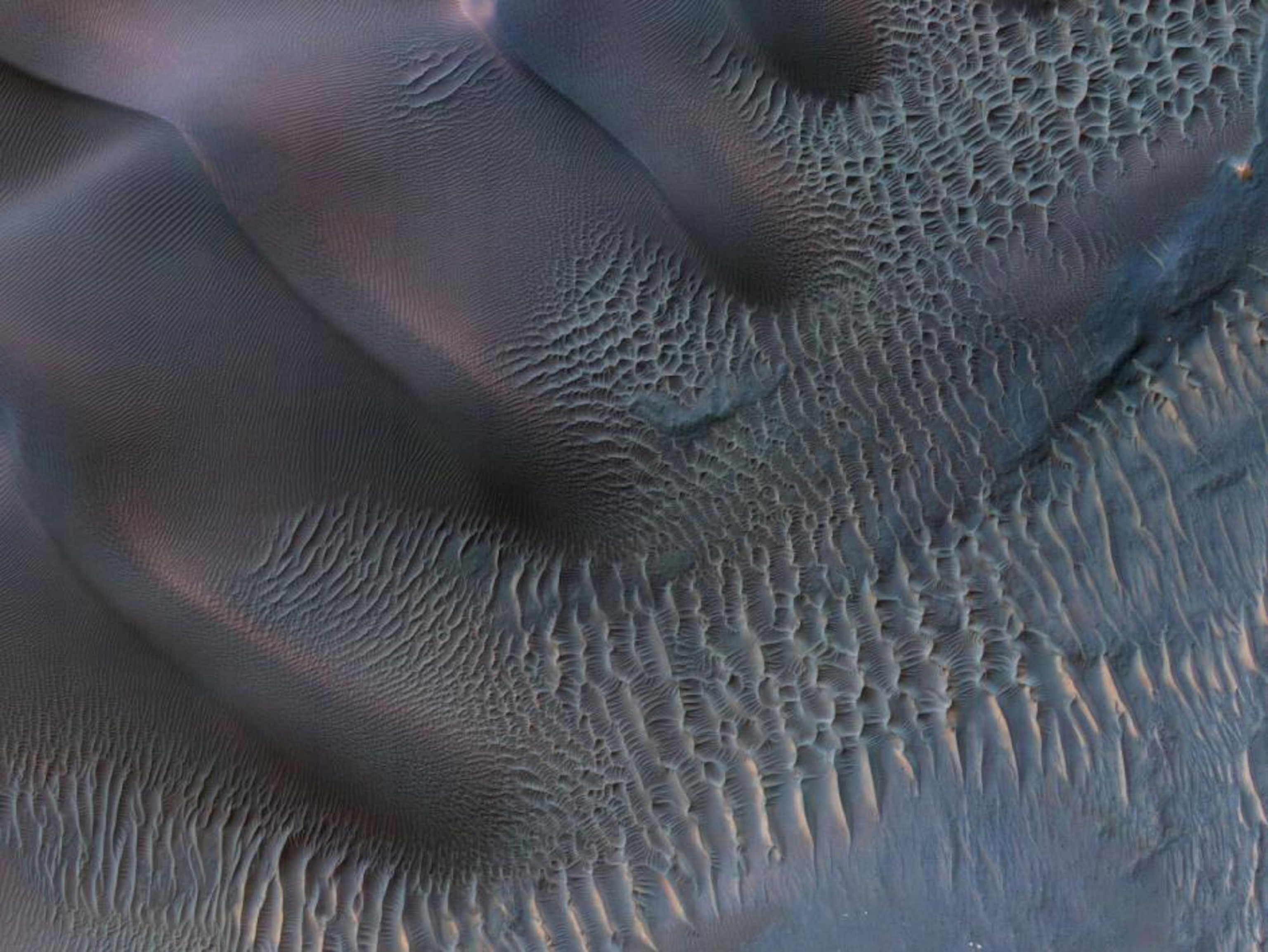







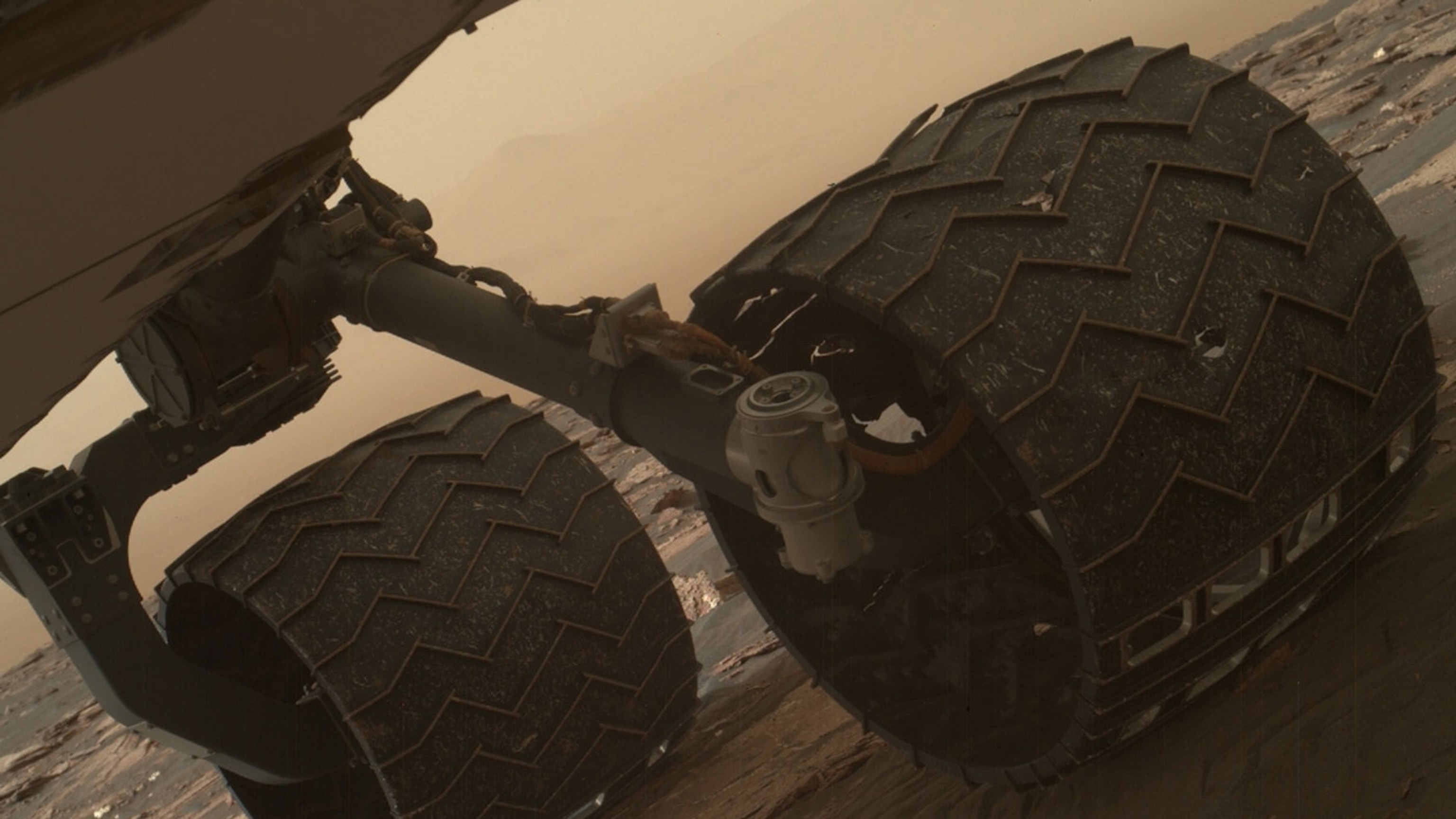





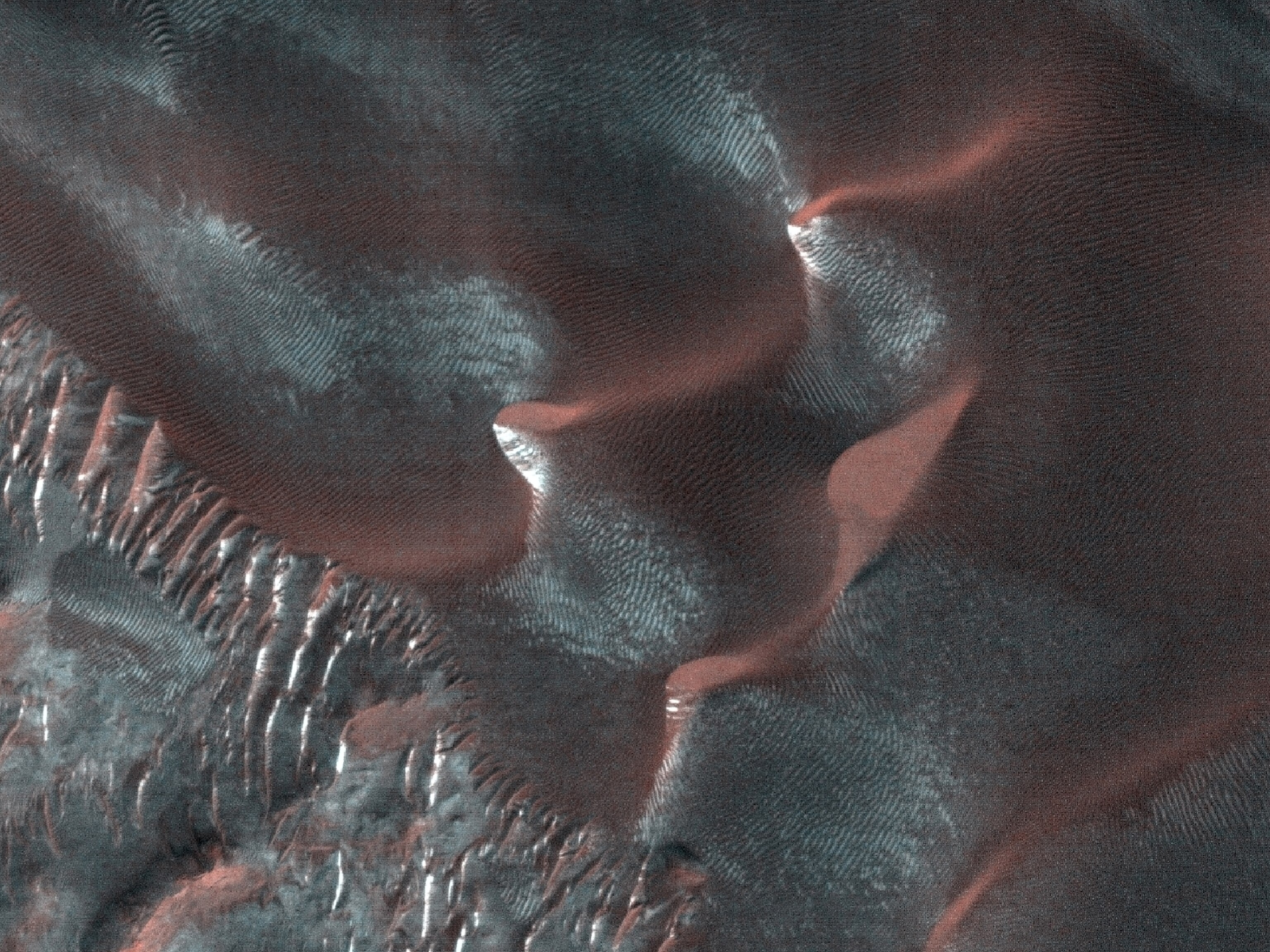

With enough data from enough different directions, scientists should be able to put together a picture of the planet’s alien heart. A second instrument will be deployed to take the planet’s temperature, drilling deep into Mars to find out how much heat is still escaping from its core.
All together, InSight’s readings will help scientists figure out how planets are put together and how they evolve, says Suzanne Smrekar, the mission’s deputy principal investigator. That’s important not only for better understanding our own solar system, but also for deciphering clues about much more distant planets circling other stars.
“Really understanding the whole enchilada, not just the surface,” Smrekar says, “is essential to really being able to make a reasonable prediction about what’s going on in these distant worlds.”
Related Topics
You May Also Like
Go Further
Animals
- Fireflies are nature’s light show at this West Virginia state parkFireflies are nature’s light show at this West Virginia state park
- These are the weird reasons octopuses change shape and colorThese are the weird reasons octopuses change shape and color
- Why young scientists want you to care about 'scary' speciesWhy young scientists want you to care about 'scary' species
- What rising temperatures in the Gulf of Maine mean for wildlifeWhat rising temperatures in the Gulf of Maine mean for wildlife
- He’s called ‘omacha,’ a dolphin that transforms into a man. Why?He’s called ‘omacha,’ a dolphin that transforms into a man. Why?
Environment
- What rising temperatures in the Gulf of Maine mean for wildlifeWhat rising temperatures in the Gulf of Maine mean for wildlife
- He’s called ‘omacha,’ a dolphin that transforms into a man. Why?He’s called ‘omacha,’ a dolphin that transforms into a man. Why?
- The northernmost flower living at the top of the worldThe northernmost flower living at the top of the world
- This beautiful floating flower is wreaking havoc on NigeriaThis beautiful floating flower is wreaking havoc on Nigeria
- What the Aral Sea might teach us about life after disasterWhat the Aral Sea might teach us about life after disaster
History & Culture
- Scientists find evidence of ancient waterway beside Egypt’s pyramidsScientists find evidence of ancient waterway beside Egypt’s pyramids
- This thriving society vanished into thin air. What happened?This thriving society vanished into thin air. What happened?
Science
- Why pickleball is so good for your body and your mindWhy pickleball is so good for your body and your mind
- Extreme heat can be deadly – here’s how to know if you’re at riskExtreme heat can be deadly – here’s how to know if you’re at risk
- Why dopamine drives you to do hard things—even without a rewardWhy dopamine drives you to do hard things—even without a reward
- What will astronauts use to drive across the Moon?What will astronauts use to drive across the Moon?
- Oral contraceptives may help lower the risk of sports injuriesOral contraceptives may help lower the risk of sports injuries
- How stressed are you? Answer these 10 questions to find out.
- Science
How stressed are you? Answer these 10 questions to find out.
Travel
- Fireflies are nature’s light show at this West Virginia state parkFireflies are nature’s light show at this West Virginia state park
- How to explore the highlights of Italy's dazzling Lake ComoHow to explore the highlights of Italy's dazzling Lake Como
- Going on a cruise? Here’s how to stay healthy onboardGoing on a cruise? Here’s how to stay healthy onboard
- What to see and do in Werfen, Austria's iconic destinationWhat to see and do in Werfen, Austria's iconic destination







